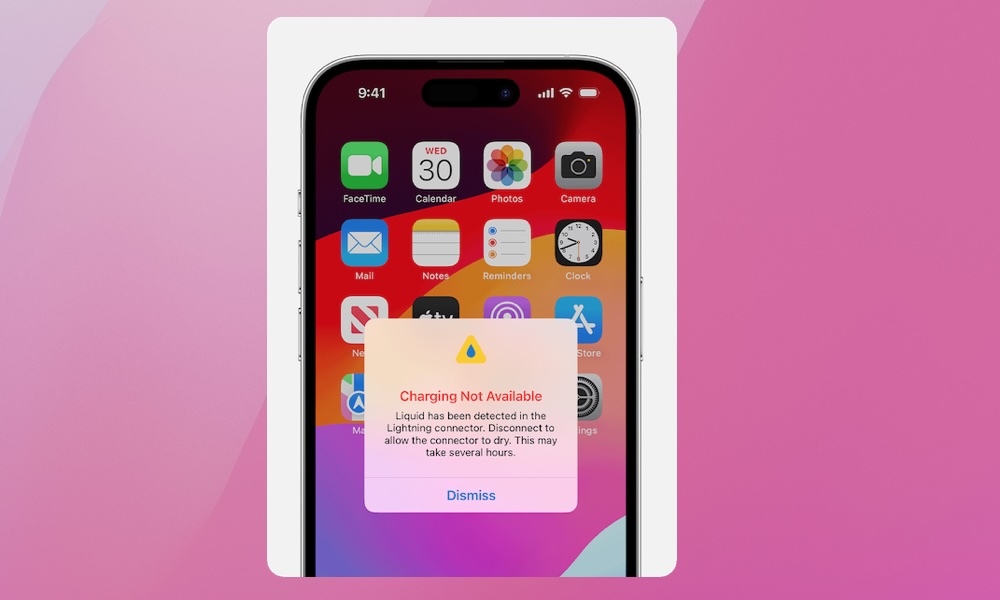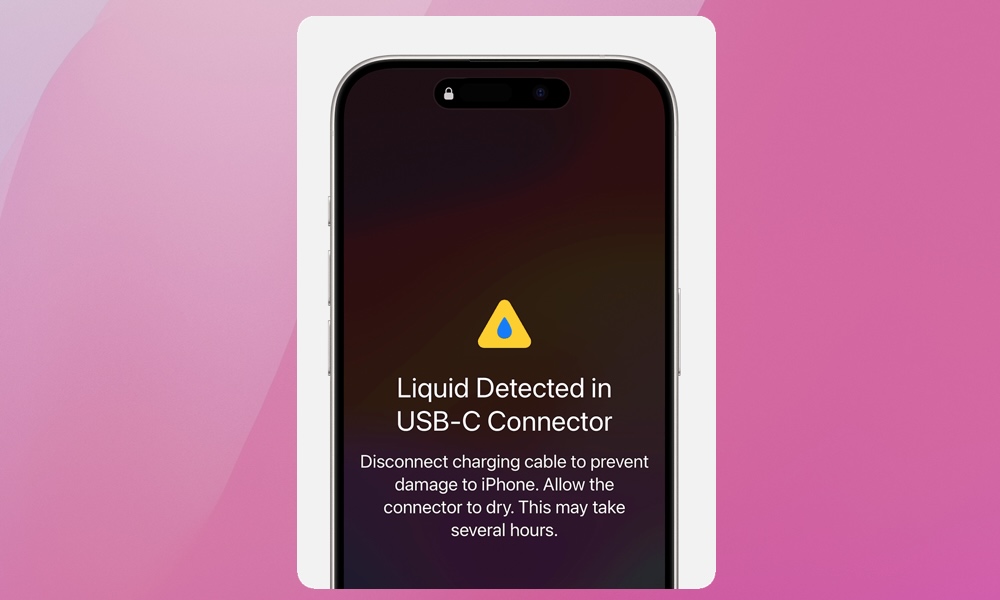Apple Warns Against Putting Your iPhone in Rice
 Credit: Apple
Credit: Apple
Toggle Dark Mode
In a recent advisory, Apple has cautioned iPhone users against the widely popular method of drying water-damaged devices by submerging them in rice.
It turns out this age-old technique, often hailed as a quick fix for electronics exposed to moisture, could harm your iPhone, according to a recent Apple support article on how to deal with a liquid-detection alert.
Don’t put your iPhone in a bag of rice. Doing so could allow small particles of rice to damage your iPhone.
Apple’s warning aims to guide consumers towards more effective and safer solutions for dealing with water exposure, underscoring the importance of adhering to recommended practices for maintaining device integrity and functionality.
If your iPhone gets wet, you may see one of two warnings, depending on whether your iPhone has a Lightning or a USB-C connector:
- “Liquid detected in Lightning Connector.”
- “Liquid Detected.” This alert appears with USB-C cables.
Apple says the best method to dry your iPhone’s Lightning or USB-C port is to gently tap it against your hand with the connector facing down. Then, leave your iPhone (and cable, unplugged) in a well-ventilated area for at least 30 minutes. If you see the alert again, you might need to let the iPhone and cables dry for up to 24 hours. Otherwise, you risk permanent damage to the pins on the connector which could also damage your iPhone.
If you absolutely must charge, you have the option to override the liquid detection warning and charge your iPhone. That’s not advisable; however, by allowing the override, Apple acknowledges the potential necessity.
Alternatively, wireless charging should still work if your iPhone or charging cables are wet. Apple says to make sure the back of your iPhone is dry before placing it on your Qi-certified charger.
In addition to avoiding rice, Apple also warns against using foreign objects, like cotton swabs to dry ports or cables. Further, they caution against using compressed air or heat sources like a hairdryer.
While iPhones are becoming more water-resistant, it’s important to adhere to Apple’s recommended practices. Resorting to rice and other popular methods risks permanent damage to your iPhone. In the case of unexpected water exposure, the best method is time and patience. Following these recommended guidelines should help ensure the longevity of your iPhone.








